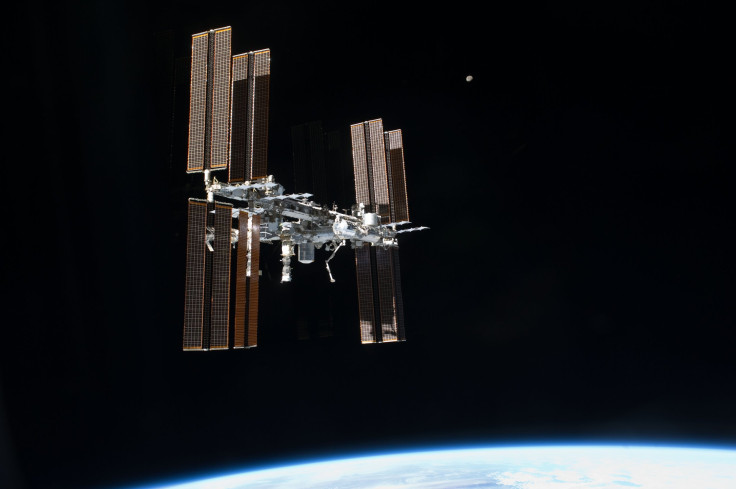Location Of NASA’s Underwater Space Graveyard Revealed

Point Nemo is an isolated spot on Earth where spacecraft and satellites from NASA and other space agencies are intentionally crashed into. It is expected to be the final resting ground for the International Space Station (ISS) once it has been decommissioned.
To prevent the buildup of space junk orbiting Earth, space agencies from around the world have designated a specific underwater spot to bury their unused spacecraft.
This area is known as Point Nemo, which is Latin for “no one.” Situated in the South Pacific Ocean, it sits almost 3,000 miles from New Zealand, 2,600 miles from Chile and 1,600 miles from Antarctica, according to The Sun.
The exact location is 4,000 meters underwater and remains largely inhabited, making it the perfect spot to crash spacecraft. Although intentionally crashing a spacecraft sounds easy, the task is actually very complicated due to a number of factors.
According to Dr. Holger Krag of the European Space Agency’s (ESA) Debris Office, purposely downing a spacecraft requires timing its descent in order to pinpoint the exact location where it will fall.
“An object will not land at a point as it degrades in the atmosphere, it will never be in one piece in one spot, more of an area that can spread over a thousand miles long,” he told Daily Mail.
“We don’t know precisely where they fell because it is a long trail and then there are maybe only ten fragments that survive re-entry spread across hundreds of miles,” Krag added.
Currently, there are over 260 junked spacecraft in Point Nemo. These include cargo ships from the ESA and the Japan Aerospace Exploration Agency as well as a rocket from SpaceX.
The bulk of the junk sitting in point Nemo belongs to Russia, which is about 140 resupply vehicles. The largest one is a Soviet-era MIR space laboratory which weighs about 120 tons.
The ISS is expected to join the graveyard in 2024 once NASA decommissions it.
Point Nemo was established as a solution to the growing problem of orbiting space junk above Earth. According to experts, if left unchecked, the growing amount of debris could cause collisions with satellites and even passenger-carrying spacecraft.
© Copyright IBTimes 2024. All rights reserved.





















